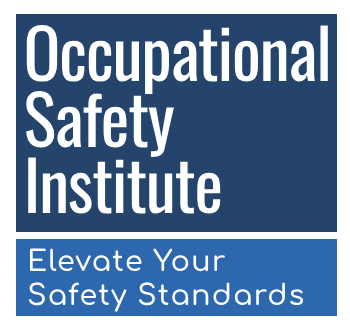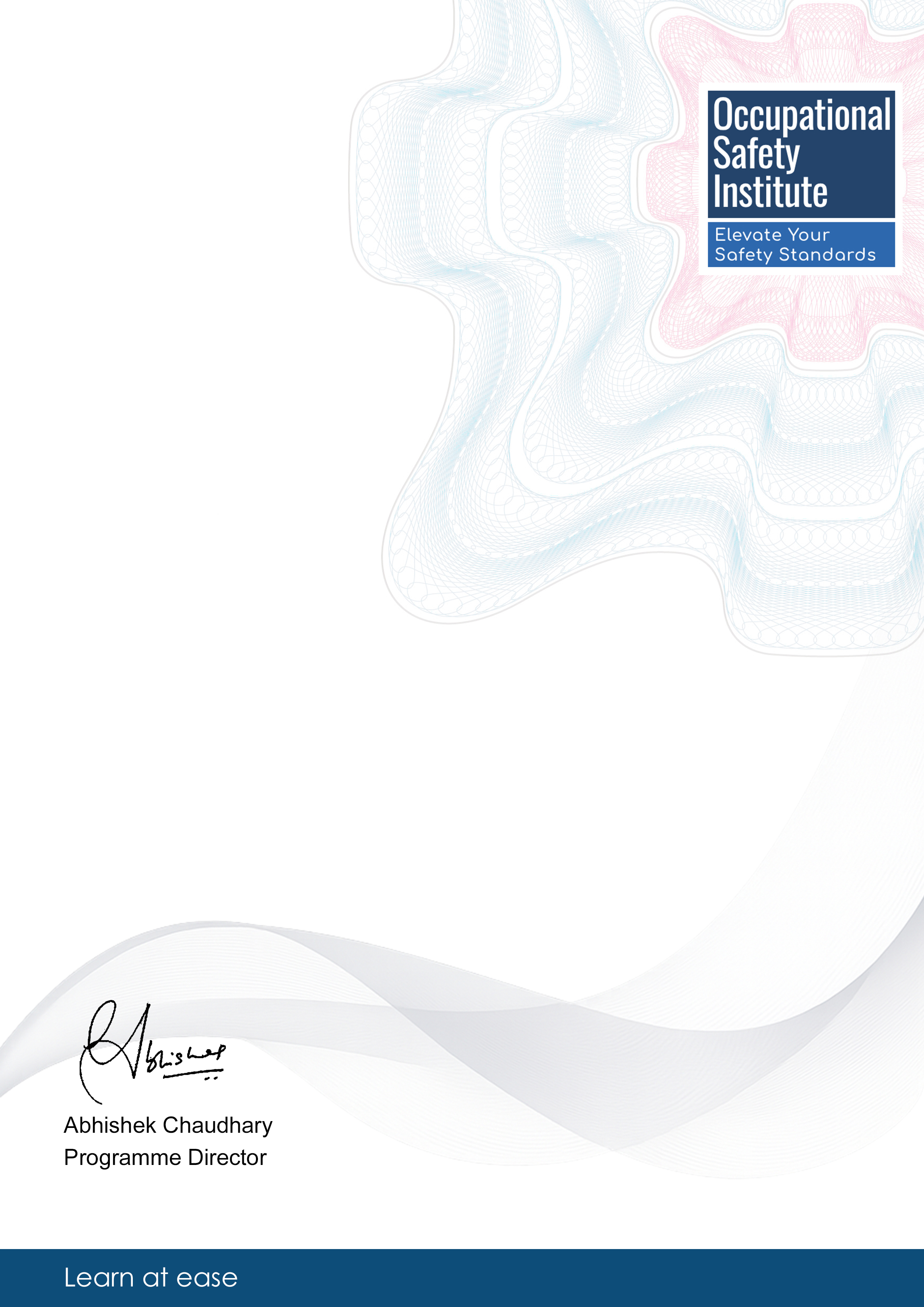Module 1: Introduction to Ergonomics
Explore the fundamentals of ergonomics and its importance in injury prevention.
This specialized module focuses on the science of ergonomics and its application in preventing musculoskeletal disorders (MSDs). You'll learn how to design workspaces that accommodate human capabilities and limitations.
Musculoskeletal disorders account for nearly 33% of all workplace injuries, with proper ergonomic interventions reducing these incidents by 50-90% according to OSHA data.

